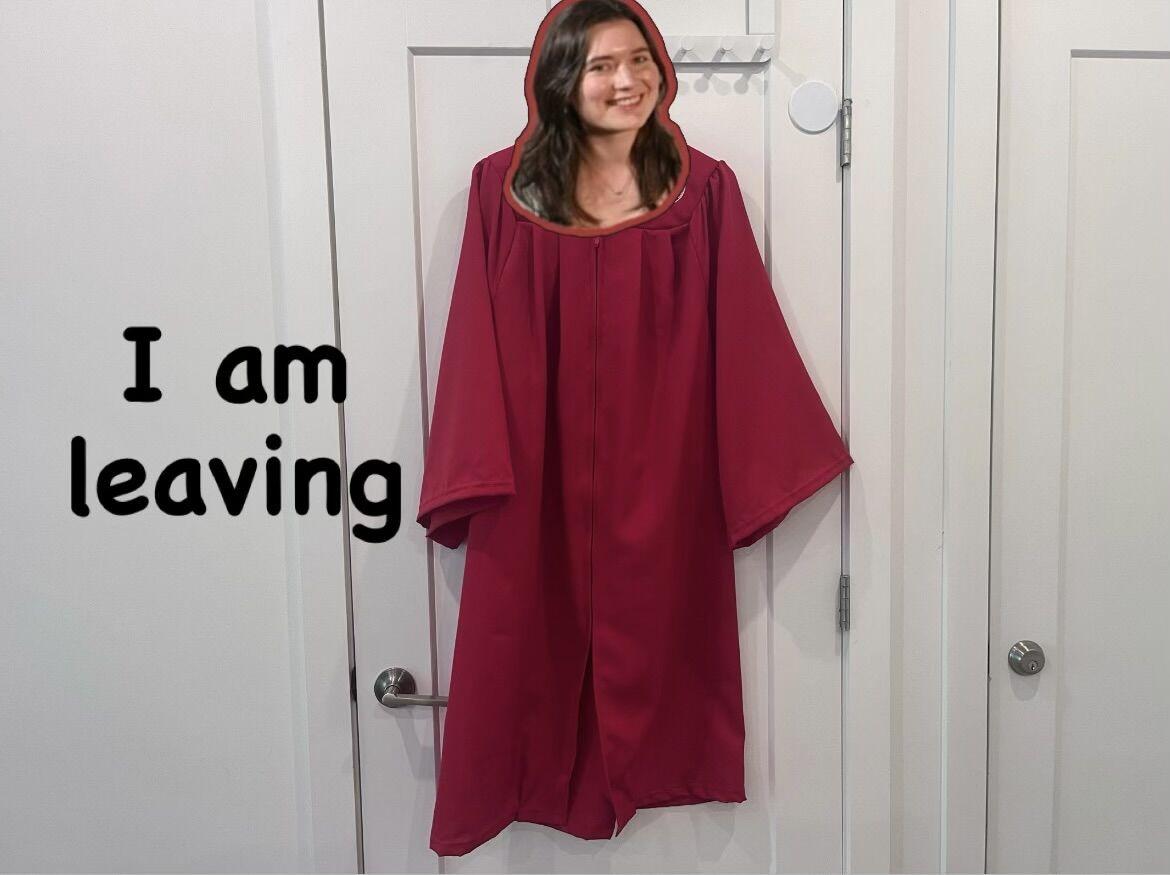Ms. Ellisor’s opposition to the recently passed House Bill 937 echoes many of the common anti-gun sentiments heard of late. Empirical evidence suggests that many of the conclusions she draws from these assertions are patently incorrect.
The author quoted Melynda Price, an associate professor at the University of Kentucky, as saying, “In writing the Second Amendment, the framers didn’t envision the kind of gun toting that is permitted across this country today.” This is entirely incorrect. The framers actively sought a “repeating” firearm (that could fire multiple rounds in short succession), and they encouraged its research and development in the federal armories at Springfield and Harper’s Ferry. Subsequent American patents by Samuel Colt, Rollin White, Daniel Smith, Horace Wesson and John Browning (to name a few) show a steady progression toward the repeating firearm, which reached its zenith in the late 19th century. There is no evidence to suggest that the Second Amendment was contingent on the contemporaneously low-firing rate of weapons, and it’s true that people of the day were encouraged to procure the best weapons they could afford. Then, as now, it was common understanding that military supremacy depended on having the best possible weapons, and that was one reason that weapons development and manufacturing was (and is) such a vital industry in this country.
Additionally, the 1958 Supreme Court case United States v. Miller affirms the assertion that the Second Amendment protects the right of the people to keep and bear military-grade arms, just as District of Columbia v. Heller affirms that the Second Amendment is an individual right, and not a collective right.
In terms of North Carolina law, most of the provisions in House Bill 937 apply specifically to concealed handgun permit holders, including the provision that allows licensees to carry concealed in restaurants that serve alcohol. To become a licensed concealed carry permit holder, the applicant must undergo training, must submit fingerprints to the North Carolina State Bureau of Investigation, must complete an extensive background check (including a check of mental health records), and they must reapply every five years.
Concealed handgun permit holders are, by definition, law-abiding citizens. An exposé-style investigative journalism piece by The New York Times (with a clear anti-gun agenda and questionable methods for data collection and interpretation) found that less than 0.002 percent of all North Carolina concealed carry permit holders had subsequently committed violent misdemeanors or felonies. In contrast, the number of felons in the U.S. is estimated at somewhere between 7 and 8 percent of the population. As law-abiding segments of the population go, concealed carry permit holders stand as a shining example.
Almost half of the states in the union allow responsible, law-abiding citizens to carry weapons in establishments that serve alcohol. The bloodshed and mayhem that so many prognosticated has not been seen in these states and it will remain illegal for North Carolinians to carry a firearm while they have alcohol in their system. So it goes with lawful possession of firearms on campus, in playgrounds, et cetera. I suspect we will see the same thing in North Carolina that was seen in other states with similar laws: Responsible people will continue to be responsible, and only a tiny fraction of this population of permit holders will break the law. And as a law-abiding citizen that values the rule of law, I join the vast majority of gun owners in wanting to see absconders punished to the full-extent of the law.
I was present at the North Carolina Senate Judiciary Committee meeting where Tom Ross grandstanded police officers from the various police agencies for the UNC-System, and I was disappointed that the message was so uniformly against responsible adults being able to possess weapons on campus. As an adult student living off campus, I often find myself walking on campus late at night. I would be an ideal mark for a criminal looking for an easy target. As a law-abiding citizen I would be, by definition, disarmed.
I am a victim of violence. Nineteen years ago, a knife-wielding criminal mugged me. Then, as now, the best the police could do was to write a report. Sadly, my assailant was never found, but I continue to carry the emotional burden of that attack.
When assaults happen on campus, the only people who are guaranteed to be present are the perpetrator(s) and the victim(s). The chances of law-enforcement being present to stop the attack are very small—small enough that I’d prefer to be lawfully armed and able to protect myself, instead of being beholden to my assailant and non-present law enforcement officers. House Bill 937 won’t allow me to carry a concealed handgun on campus, but it is a small step in the right direction.
I hope Ms. Ellisor never knows what it’s like to be a victim, and I similarly hope I never have to use a weapon to defend myself. That being said, I’m sick of being disarmed for my so-called protection. The only things being protected are the delicate sensitivities of people who choose to outsource their security and safety.
The school shooting at Newtown is indeed a tragedy. It did take place in Connecticut, though, which already had strict gun control laws in place when the December 2012 shooting occurred. Similarly, the second deadliest school shooting in 2012 (with seven fatalities) took place in California, another state with strict gun control laws. Correlation and causation are two different things, but one may safely correlate that the worst acts of school violence in 2012 took place in the states with the most gun control.
Respectfully,
Michael Helms
junior, history




